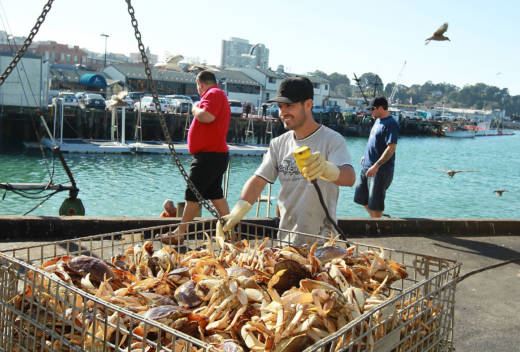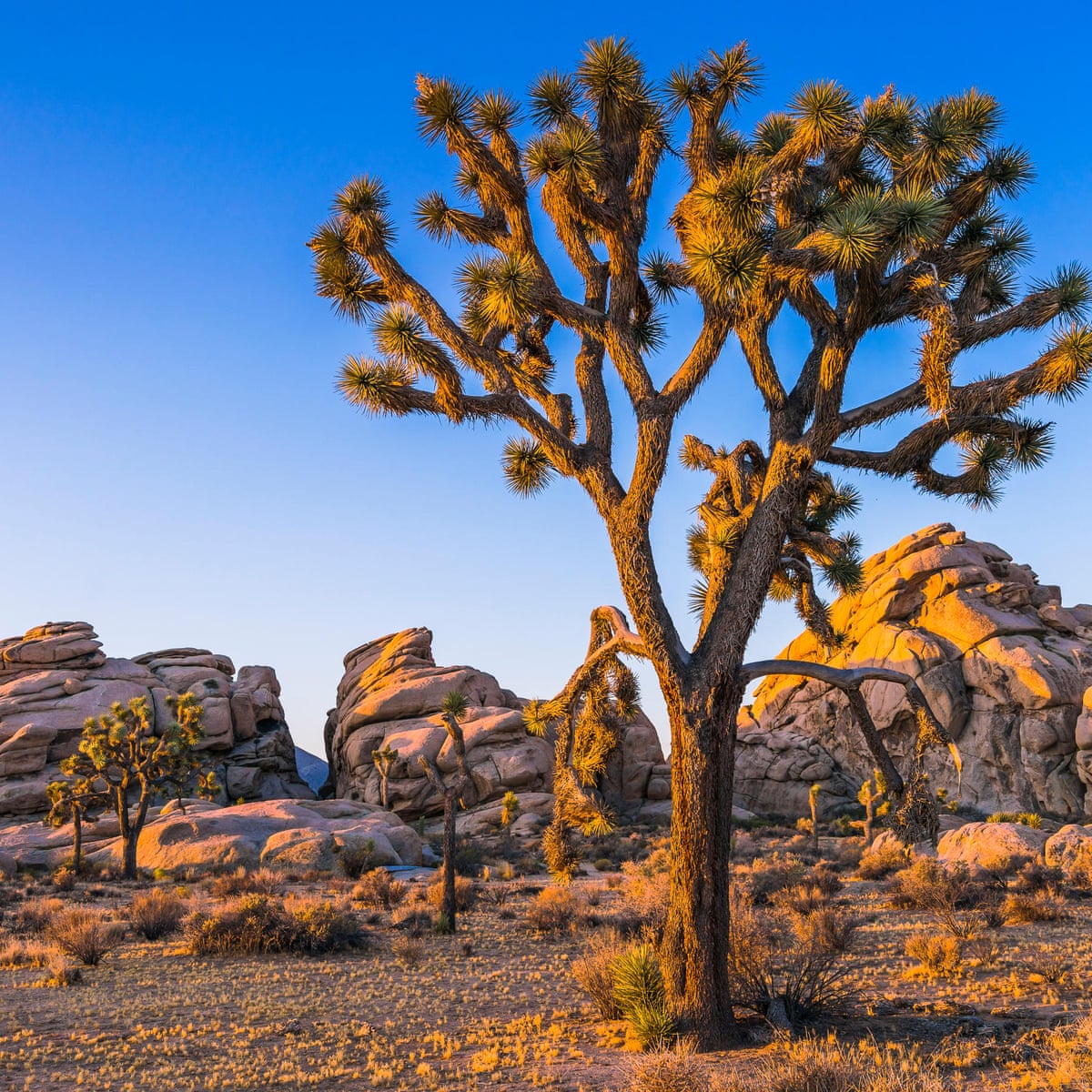Climate Change impacts plants and animals
- Due Nov 21, 2023 at 12:30pm
- Points 10
- Questions 10
- Available Aug 5, 2023 at 12am - Dec 3, 2023 at 11:59pm
- Time Limit None
- Allowed Attempts 6
Instructions
There are two basic problems for wild species that as climate warms
-
-
- Timing: the timing of seasonal changes begin to alter with climate change, but plants and animals have hardwired adaptations for the timing of their biology
- Location: as climate warms, the locations in which species live might no longer be suitable. Species might shift their ranges, but others might not be able to do so.
-
Changes in Phenology
Phenology refers to the timing of seasonal events, for example when seeds begin to grow, when leaves first appear on trees in the spring, when leaves change color in autumn. These seasonal changes happen because plants (and animals) respond to environmental cues, and as temperature and precipitation patterns change, the timing of those events may change too.
Range Shifts
As the temperature warms, plant and animal species may respond by moving spatially to new places that have temperatures to which they are suited, either by moving northwards (in the northern hemisphere) or up in elevation. Note, these patterns apply to both plants and animals. This video shows a specific example of range shift: wolverines.
Full text and descriptions of 'Protecting Wildlife in a Changing Climate' video (Word doc)
This video shows the shift in range of the pine beetle and its impact on forests in British Columbia.
Full text and descriptions of 'Beetle Outbreaks and Climate Change' video (Word doc)
Misconception: Species will Evolve to Cope with Climate Change
When environmental conditions change species have 3 choices: adapt, migrate or die (extinction). Stated that way, it sounds like a choice, but in reality, it depends on the type of species, its genetics and its habitat. Let's look at an example of each of these outcomes:

Migration: Yes!
Some species do migrate either farther north or up higher in elevation. Many species of fish and other marine species are currently doing this right now off of our Pacific coast. An example would be the Dungeness crab pictured on the right. You can read more in this article: Study Projects Massive Northward Shift of Species as Oceans Warm.
Migration: No!

On the other hand, some species can't migrate easily such as Joshua Trees that live a long time, are immobile and whose seeds don't get distributed very far.
Another difficult situation is if a species already lives in the farthest north ( or southern) latitudes or high elevations. There isn't any place for them to migrate to. The American Pika lives in alpine areas at the top of mountains.

Adaptation: Yes!
Equally some species ARE able to adapt to climate change. If there is enough genetic diversity in the population, and some of those different variants are well suited to the new conditions, then those individuals will survive and reproduce. Their offspring will inherit

those traits and natural selection will lead to a change in the gene pool that becomes dominated by this new variety. An example is the Tawny Owl from northern Europe. They used produce a pigment in their feathers that makes them brown but some owls have a variation that makes the feathers grayish in color. This gray color helps them blend with the snowy trees. Over the last 30 years, winters in Finland have gotten milder and at the same time there has been natural selection for the browner owls that blend better. For more examples of species adapting to climate change, read this article: What Helps Animals Adapt (or Not) to Climate Change
Adaptation: No!
But what if the population doesn't have the existing genetic variation that would be helpful? Puffins are sea birds that live in northern latitudes. They feed their young herring and other species of small fish. But those fish have migrated even farther north and the Puffins are now trying to feed their young on butterfish. But their babies don't have throats wide enough to swallow this fish and are starving to death. None of the Puffins have the genetic trait for a wider throat and can't ''will'' themselves to have one.
